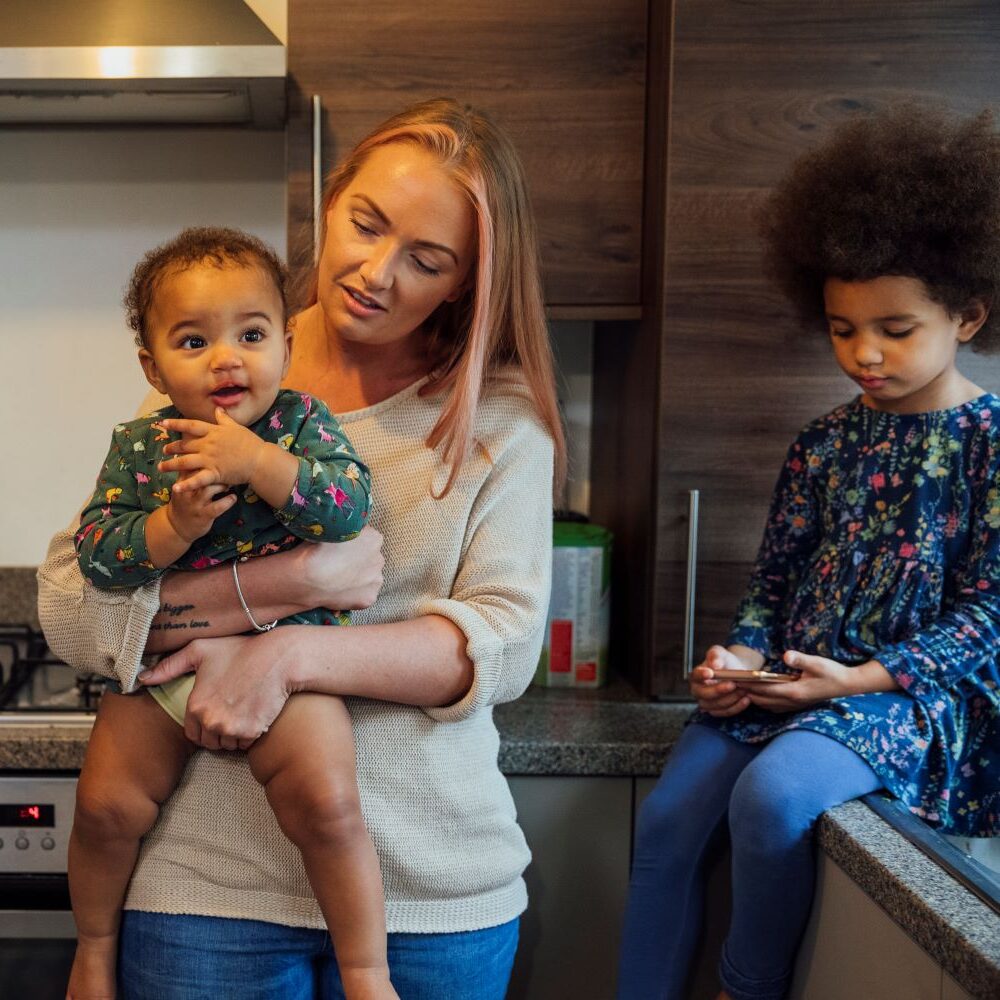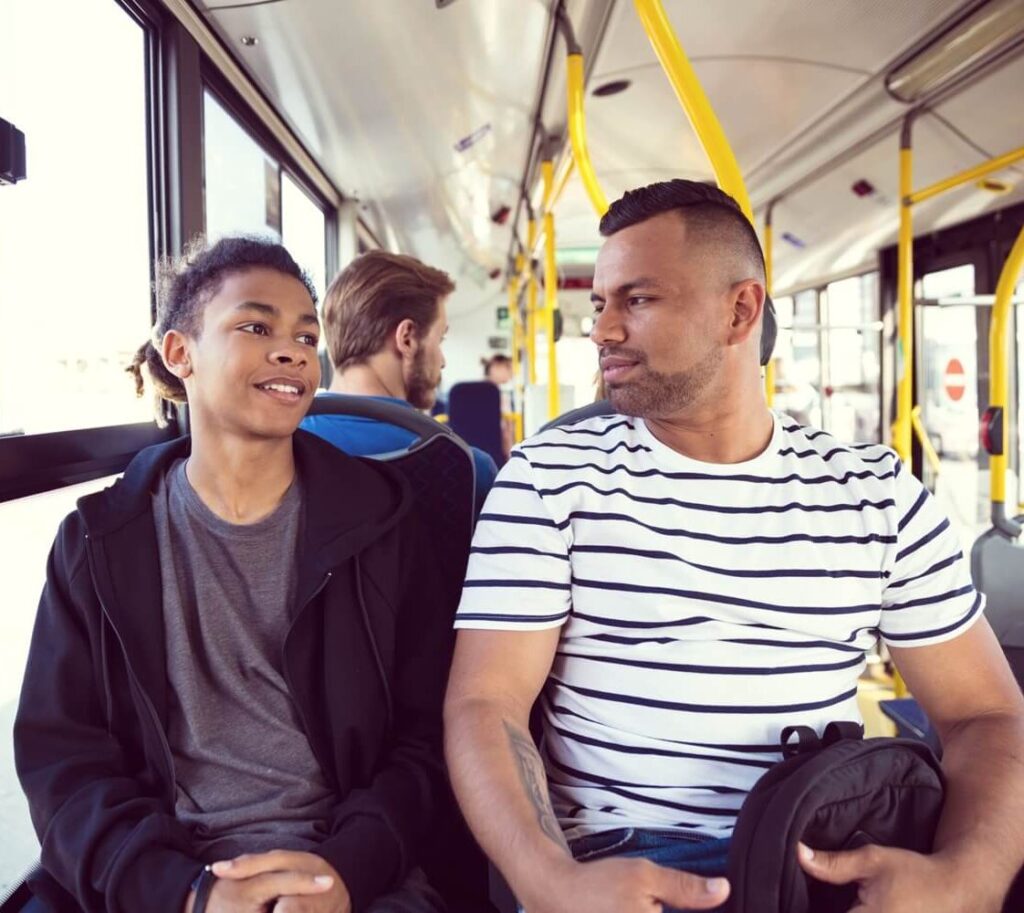When you’re thinking about choosing a school that’s a good fit for your child, it can be hard to know where to start – especially if you’ve never looked at schools before. With that in mind we’ve put together this guide on some of the things you might like to consider when choosing a primary or secondary school for your child.
This is a suggestion of some of the things you may want to consider and not an exhaustive list. The most important thing is to choose the school that works best for your family. We’ll go into this a bit more throughout the article, but for example if:
- Your child’s shy, you might prioritise pastoral care.
- They love being active, outdoor space and sports might be key.
- You need childcare support, breakfast and after-school clubs may be essential.
This article is divided into multiple sections, so click the link to jump to the section you’re most interested to read:
- General guidance for choosing a school
- Guidance for primary schools
- Guidance for secondary schools
- Applying for a school

General guidance for choosing a school
Some guidance applies whether you’re looking for a primary or secondary school:
Visit the school
It’s essential to visit the school in person and speak directly with the teachers, the Head, and some of the students. This gives you a real sense of the environment, teaching style, and overall atmosphere. Most schools offer open days, which typically include a presentation from the Headteacher and a guided tour. Dates for these are usually listed on the school’s website. If you prefer a quieter, more personalised experience, it’s worth checking whether the school offers private tours. Not all schools do, so it’s best to enquire in advance.
Understand admissions and your child’s preferences
Look into the school’s intake numbers from previous years to see if it was oversubscribed. This can help you gauge the likelihood of getting a place. If an in-demand school is your first choice, consider whether your child would be comfortable attending a second or third choice school if necessary. Having backup options that your child would also be happy with can help reduce stress and ensure a smoother transition.
Get feedback from other parents
Speak to other families with children at the school you’re considering for invaluable insights into the school’s culture, strengths, and any potential concerns. These first-hand experiences often reveal aspects of school life that aren’t immediately obvious during official visits or in promotional materials, such as what communication between the school and parents is really like.
Local Facebook groups and parent forums are also great resources for gathering honest feedback about a school. Hearing from a range of voices can help you form a realistic and well-rounded picture of what to expect.
Find out who’s going to that school that your child knows
Whether your child is starting primary school or moving up to secondary, it can be reassuring for them to attend a school where they already know someone. Having familiar faces around can ease the transition and help them feel more confident.
Additionally, having connections with other parents might allow you to share drop-offs and pick-ups, which can be helpful logistically.

Look into Special Educational Needs and Disabilities (SEND) support and resources
If your child has SEND, understanding how well the school caters to individual needs is crucial. Check what support is in place and ask about any specialist equipment or resources that your child might need to feel comfortable in the school environment.
If you need more information or guidance, contact your local Special Educational Needs and Disability Information, Advice and Support (SENDIAS) service. Find out if there’s a Family Action SENDIAS service in your area with our service finder. If there isn’t a Family Action SENDIASS in your area, you can find your local IAS service here.
What’s the uniform policy?
Uniform policies vary widely, and comfort and cost are also worth considering. Some schools have strict uniform policies, while others are more flexible. Check whether the school offers subsidised or second-hand uniform options, which can help with budgeting. For more information on this, see our article Tips for managing the cost of going to school.
If your child has sensory needs, comfort and flexibility in uniform requirements may be particularly important.
Look into academic performance and inspection ratings
Review the school’s inspection rating and exam results to get a sense of academic standards. (The inspectorate will differ depending on where you are in the UK: it’s Ofsted in England, Estyn in Wales, Education Scotland in Scotland, and the Education and Training Inspectorate in Northern Ireland.) These indicators can help you understand the school’s strengths and areas for improvement.
It’s also worth considering how the school balances academic expectations with emotional support. Some children thrive in high-pressure environments, while others need a more nurturing approach.
Guidance for primary schools
If you’re choosing a primary school for your child, you may want to also consider the following:
Location and accessibility
Start by thinking about how far the school is from your home. A four-year-old is unlikely to walk long distances comfortably every day, so consider the practicality of your daily commute.
If you’re driving, check whether the school offers convenient parking, especially in the early days when you may want to accompany your child into the classroom. Some schools encourage a ‘drop and go’ approach, while others allow parents to stay briefly during drop-off.

Emotional wellbeing and pastoral care
Consider the school’s approach to emotional wellbeing and pastoral care. Starting school is a big step, and many four-year-olds find it emotionally challenging, especially if they haven’t spent much time in childcare before.
If your child is still developing independence with things like toilet training, check whether the school offers additional support. You can read more about preparing your child for school in our article School readiness: supporting children starting school.
Ask about their settling-in process. Many schools ease children in gradually, starting with shorter days and building up to full-time attendance. You may need to adjust your work schedule accordingly.
Learning environment and play
Look into the classroom setup and the school’s philosophy on play. Play is vital for early development, so it’s worth asking how much free play time and equipment is available. Does the school have an outdoor area or offer forest school sessions? These can greatly enrich your child’s learning experience.
Meals and nutrition
Lunch options are another key consideration. If your child will be having school lunches, you might want to find out who the caterer is and whether the meals align with your preferences for nutrition and variety.
Integration and progression
Ask how the school supports children as they move through the year groups. Do younger children interact with older ones? A buddy system, where each child is paired with an older pupil, can help them feel more secure and build friendships across age groups.
Future pathways
While it’s not the most important thing to think about when your child has years of primary school ahead of them, you might want to consider whether the school is a feeder for a particular secondary school. If so, does that align with your family’s long-term plans? It can be difficult to know this so early on, but can be worth thinking about.
Wraparound care and clubs
Finally, check what after-school clubs and childcare options are available. These can be a lifeline for working parents and also provide enriching experiences for your child beyond the classroom.
Guidance for secondary schools
Here are some additional things to think about when you’re looking at secondary schools:

Location and catchment area
Start by checking whether the school is within your catchment area. Local authorities and schools often prioritise admissions based on proximity, typically measured ‘as the crow flies’. Understanding the school’s admissions criteria can help you assess your chances of securing a place.
Transport and travel
Consider how your child will get to school each day. Does the school offer dedicated buses that drop students off on school grounds, or will they need to use public transport? Look into the cost, travel time, and pick-up/drop-off locations.
Also, think about what time your child would need to wake up to catch the bus. Early mornings can be particularly challenging for teenagers, so this could be a key factor.
Facilities and subject offerings
Explore the school’s facilities, especially in areas that align with your child’s interests and strengths. Whether they’re passionate about science, art, music, or sports, it’s important to know whether the school supports and nurtures those passions with appropriate resources and teaching.
Transition support
What support might your child need when it comes time to transition from primary to secondary school? Some schools have mentoring or buddy systems in place to help children feel comfortable when they go to secondary school, and to help them get used to the new routine at a bigger, busier school.
Some children, particularly some children with SEND, can need more time and support adjusting to a new school. Finding out more about the school’s transition programme can help to reassure both you and your child that they’ll get the support they need.
Approach to individual needs
Some schools take a more personalised approach to education, so it’s worth looking into this if it’s important for you. For example, a school might put aside some time during the week where students can explore new interests that might be outside the curriculum, and build friendships. These kinds of initiatives can make a big difference in helping students settle in and feel engaged.

School governance
While many schools are under the control of the local authority, some have separate governing bodies that aren’t run by the local authority. An example of this is academy trusts in England.
If you’re looking at a school that’s not under the control of the local authority, find out how it operates. Different trusts can have very different approaches to curriculum, discipline, and student support, so it’s worth understanding the broader context.
Extra-curricular activities, trips and excursions
Ask about the range of extra-curricular activities available and how accessible they are. These are usually free at secondary level and can be a lifeline for students who don’t connect with traditional subjects. You might also want to find out what kinds of trips and excursions the school offers. Clubs, activities and trips can help build confidence, friendships, and a sense of belonging.
Applying for a school
How and when you apply will vary depending on where you are in the UK. For more general information, check out the government information page for your area of the UK:
- England school admissions
- Northern Ireland school admissions
- Scotland school admissions
- Wales school admissions
For more specific information, including deadlines for applying and when decisions are made, take a look at your local authority’s website. You can also visit your preferred school’s website to find out more about their admission criteria and process.

Call, text, email or web chat FamilyLine
If you’re feeling overwhelmed, worried or upset about any aspect of your family life, FamilyLine is here for you. We offer free emotional support and guidance on family relationships, conflict, parenting, caring, financial worries and more.
Contact FamilyLine











